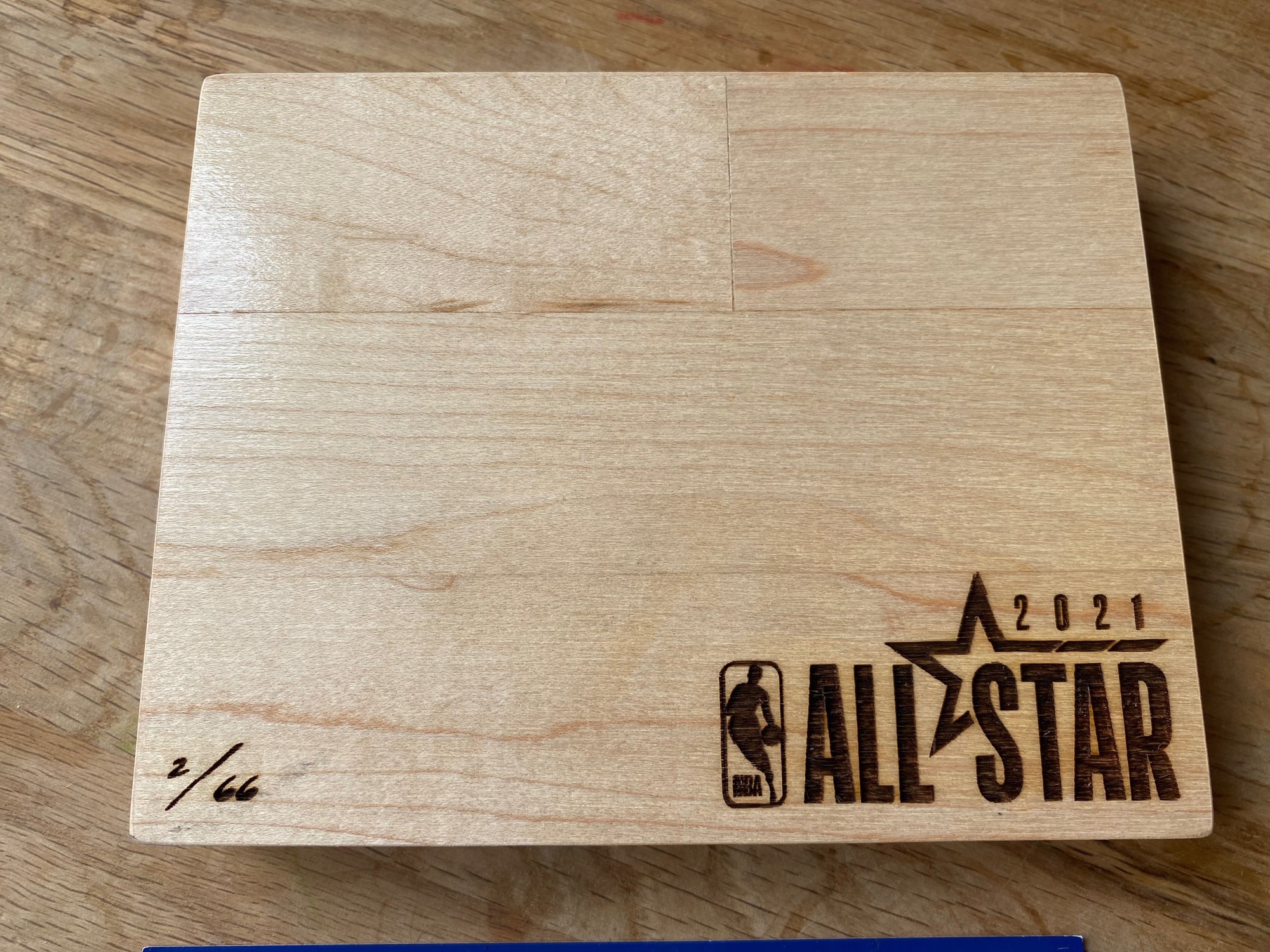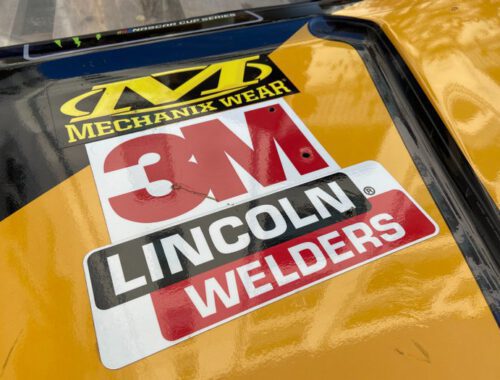
The Greatest Loss in Value of Sports Memorabilia
While many sports artifacts increase in value over time, some unfortunate instances have witnessed a significant plunge in worth, resulting in the greatest losses in sports memorabilia history. In this article, we explore three notable cases where the value of sports memorabilia took an unexpected nosedive, leaving collectors and enthusiasts astounded.
- The Curse of the “Bambino” – Babe Ruth’s 1919 World Series Jersey: One of the most iconic figures in baseball history, Babe Ruth’s impact on the game remains unparalleled. In 1919, Ruth played for the Boston Red Sox, and it was during that year’s World Series that a curse seemed to befall his jersey. In 2005, the jersey he wore during that series was sold at an auction for a staggering $4.4 million, making it the most expensive sports memorabilia item at the time. However, as fate would have it, the value of the jersey plummeted in 2021 when it was revealed to be a forgery. The devastating revelation led to its worth being reduced to mere pennies on the dollar, leaving collectors and fans heartbroken.
- The Deflated Legacy – Tom Brady‘s Super Bowl XLIX Football: Super Bowl XLIX will always be remembered for the “Deflategate” scandal that surrounded the New England Patriots and their star quarterback, Tom Brady. Following their victory over the Seattle Seahawks, it was discovered that the football used in the game had been intentionally deflated, leading to controversy and subsequent investigations. The football, originally estimated to be worth around $500,000 due to its historical significance, lost much of its value once its integrity was called into question. Today, it sits as a poignant reminder of the tarnished reputation surrounding the Deflategate controversy.
- From Icon to Infamy – Lance Armstrong’s Yellow Jerseys: Once regarded as one of the greatest cyclists of all time, Lance Armstrong’s career came crashing down due to revelations of doping. Armstrong’s victories in the Tour de France, symbolized by his iconic yellow jerseys, were not only rendered meaningless but also saw a significant loss in value. Collectors who had spent substantial amounts to own these symbols of triumph suddenly found themselves in possession of tainted memorabilia. The yellow jerseys that were once valued at tens of thousands of dollars were now difficult to sell, with prices plummeting to a fraction of their former worth.
The world of sports memorabilia is an ever-evolving market, with values subject to numerous factors such as historical significance, player reputation, and market demand. However, these three cases serve as reminders of the fragile nature of sports collectibles. The loss in value of Babe Ruth’s 1919 World Series jersey, Tom Brady’s Super Bowl XLIX football, and Lance Armstrong’s yellow jerseys not only represented financial losses but also shattered the sentimental attachment and dreams of collectors. These cautionary tales remind us that the worth of sports memorabilia is intricately tied to the authenticity, integrity, and perception of the items, making it crucial for collectors and enthusiasts to thoroughly research and validate their acquisitions.
Jasper Krulick
I have been collecting memorabilia for half of my life. I started very small with a few trading cards and since then I am more and more interested in the subject. I read a lot in Facebook groups, collect especially Jordan memorabilia. I'm happy if you like my content.
You May Also Like

The Value of David Beckham Game-Used Memorabilia
March 4, 2023
Michael Jordan: Dream Team Podium Jacket Sells for $1.5 Million at Auction
December 24, 2023


